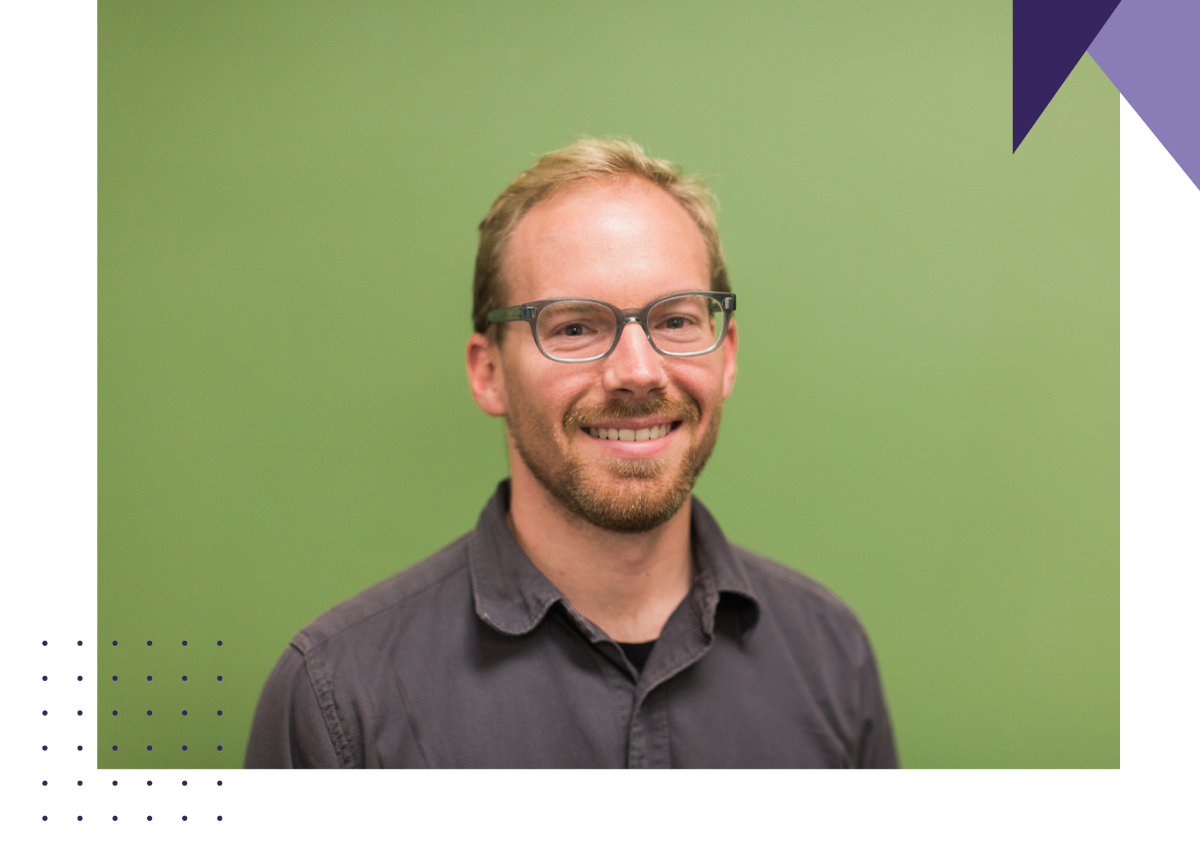3D challenges
ScienceAtHome was always a base of diversity by uniting scientists, game developers, and visual artists. However, the development of ‘Turbulence’ went even further from our measure of diversity. The invaluable role of citizen scientist players stayed the same but the science behind and the design part took a new direction from the previous ScienceAtHome games. For this special project, we needed people from more specialized sectors. That’s how Scott Leinweber got in contact with our group and is now telling his story and involvement with the project!—editor's note.
Scott Leinweber

I’m a computational designer focused on 3D interaction design. I first met Janet Rafner of the Niels Bohr Institute (NBI) while studying computational design at the Royal Danish Academy of Fine Arts and we hit it off immediately discussing 3d modeling for describing complex 3D systems. While in architecture school I became enchanted with digital tools for 3D modeling and I’ve been creating custom 3D tools and spatial interactions ever since. Often I’m bridging the digital and the physical and producing digital models of things that will be made physically. Much of this work is in writing custom tools and creating workflows for 3d modeling programs. Some recent projects have been AR/VR based, and Turbulence was my very first game and I really enjoyed it. Game development has different limits and opportunities than the physical work.
My role in the 'Turbulence' project was mainly technical but I also helped Janet ideate and iterate on some design strategies for navigating and working with the 3D objects. The bulk of the time I wrote a 3D mesh pipeline that translated the physicists 3D experimental data into game-ready mesh assets. While this sounds straightforward, looking back it took a lot of discussion with Janet figuring out exactly what the need really was. Initially, we discussed maybe it was something the NBI could do in-house with some basic scripts, or potentially delivering it to the game developers to process. However, after some discussion we realized processing such a vast amount of data would require a number of steps, and someone who knows the 3D process on each side. This is really fun for me, trying to see two disparate ends of the spectrum and puzzling out how to go from one to the other.
Apart from the professional challenges, collaborating with the diverse team of ScienceAtHome was an extraordinary experience for several different reasons. First of all, the team: I love working with people of different backgrounds and experiences. Mainly I provide design and technology consulting to artists, product design, architects, and engineers. Working with both scientists at this level in concert with a real game studio is really extraordinary. I love both the creative arts aspect, plus working in very technical processes. Marrying the two is my specialty, and pure science research plus game developers were two new types of teams I haven’t worked with before Turbulence."
Second, I find the language of varying disciplines super interesting, and how scientists describe 3D things is very interesting. Bridging the lexicons of different groups I find fascinating. For example, Janet Rafner, who set up the experiment, described the geometry as “relative scale”. When I first heard that, I checked the modeling units and said, “oh they’re in meters, problem solved!” But the physicists were experimenting with a shape that is known but the scale of it is unknown! This was a totally new concept to me and really mind-boggling. I love how it really stretches my mind, and that’s just part of the experiment.
Finally, the technical opportunities were a great new challenge. Most of my client background is for physical fabrication and making things to be realized physically. Turbulence brought new challenges and opportunities for working with a very large dataset. The physicists are running a few different experiments with this game. This first experiment has over 80,000 3D game assets and nearly 150,000 more to come! Even the most complex physical projects don’t approach these numbers of unique pieces.
Working with Janet, and NBI, and the ScienceAtHome game development team was a stellar experience and I’m looking forward to the next experiment already!
